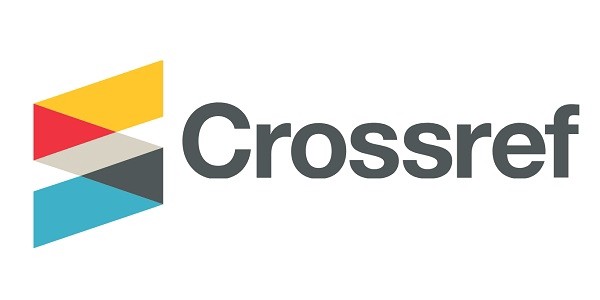A Study on Dynamic Model of Reverse Mentoring at Workplace – Conceptual Study
DOI: 10.46988/IJIHRM.02.01.2021.003
Keywords:
Reverse Mentoring, Learning, Marketing, Organizational DevelopmentAbstract
“In learning you will teach, and in teaching you will learn.” - Phil Collins. In today’s globalized world, every organization wants to move ahead of its competitor. For this purpose, organizations want to develop smart human resource inventory. Considering Human Resource Development viewpoint, reverse mentoring helps in personal development of employees. It is an exceptional means for making an efficient milieu in place of work where exchange of new and old thoughts could guide an incomparable organizational development. With rapidly changing technology, consumer preferences are also changing. So, every organization wants to be brought up to date consumer’s behavioral pattern. To identify and learn the customer preferences, a company can undergo a reverse mentoring program; in which a customer can act as a source of information to the company’s marketing team. This paper highlights the role of reverse mentoring in marketing and human resource management. This study also discusses the points that are important for successful reverse mentoring. Future research in this direction suggests studying the concept of reverse mentoring empirically in manufacturing organizations. Also, future research can conduct a comparative study of reverse mentoring in low and high-power distance cultures.


